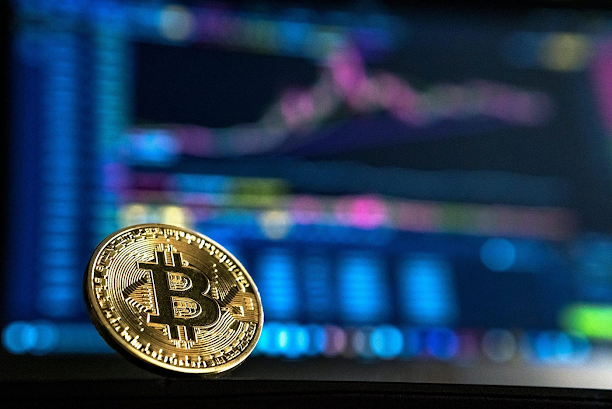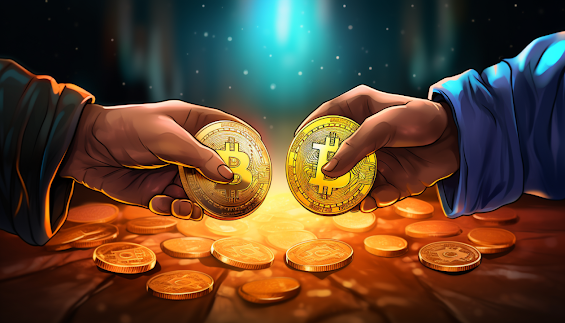Buy Cryptocurrency in Europe: A Simple Guide to Digital Asset Investment
Europe, with its diverse cultures, rich history, and advanced economies, is also becoming a fertile ground for cryptocurrency adoption and investment. As digital assets like Bitcoin, Ethereum, and others gain mainstream acceptance, many Europeans are keen to join the crypto bandwagon. If you're residing in Europe and contemplating how to buy cryptocurrency in Europe, this concise guide will provide you with the essential steps to start your digital asset investment journey.
Why Invest in Cryptocurrency?
Cryptocurrencies have emerged as a new asset class with the potential for substantial returns and diversification benefits. Many investors view cryptocurrencies as a hedge against inflation, a store of value, and a revolutionary form of decentralized currency. With increasing institutional adoption and technological advancements, cryptocurrencies offer exciting opportunities for both short-term trading and long-term investment.
Steps to Buy Cryptocurrency in Europe
- Choose a Reliable Cryptocurrency Exchange: The first step is to select a reputable cryptocurrency exchange that caters to the European market. Some popular exchanges in Europe include Coinbase, Kraken, and Bitstamp. Ensure the exchange complies with EU regulations, offers a user-friendly interface, and provides robust security features.
- Create an Account and Verify Your Identity: After selecting an exchange, sign up for a new account or log in if you already have one. Complete the registration process by providing your email address, creating a strong password, and undergoing a KYC (Know Your Customer) verification to verify your identity.
- Deposit Funds into Your Exchange Wallet: Once your account is verified, deposit funds into your exchange wallet using various payment methods available in Europe, such as bank transfers, credit/debit cards, or digital payment platforms. Follow the deposit instructions provided by the exchange to complete the transaction.
- Place a Buy Order for Cryptocurrency: After depositing funds, navigate to the trading section of the exchange and place a buy order for your desired cryptocurrency. Specify the amount you wish to purchase or the amount of fiat currency (EUR) you're willing to spend. Keep an eye on the current market prices and consider setting limit orders to buy at your target price.
- Securely Store Your Cryptocurrency: Once your buy order is executed, transfer your cryptocurrency to a secure digital wallet. Hardware wallets like Ledger or Trezor offer enhanced security by storing your digital assets offline, protecting them from online threats and cyberattacks.
Key Considerations When Buying Cryptocurrency
- Stay Informed About Regulatory Changes: While the European Union has been proactive in regulating cryptocurrencies, it's essential to stay updated on any legislative developments that may affect crypto trading and taxation.
- Prioritize Security: Protect your investment by using strong passwords, enabling two-factor authentication (2FA), and safeguarding your private keys. Regularly update your security settings and stay vigilant against potential scams and phishing attacks.
- Understand the Risks and Volatility: Cryptocurrency markets are known for their volatility. Conduct thorough research, diversify your investment portfolio, and only invest money that you can afford to lose.
In conclusion, buying cryptocurrency in Europe is a straightforward process with the right knowledge and precautions. By following this concise guide and staying informed about the latest market trends and regulatory updates, you can confidently embark on your digital asset investment journey. Remember, like all investments, cryptocurrencies come with risks, but with careful planning and strategy, the potential rewards can be significant. Happy investing!




Comments
Post a Comment